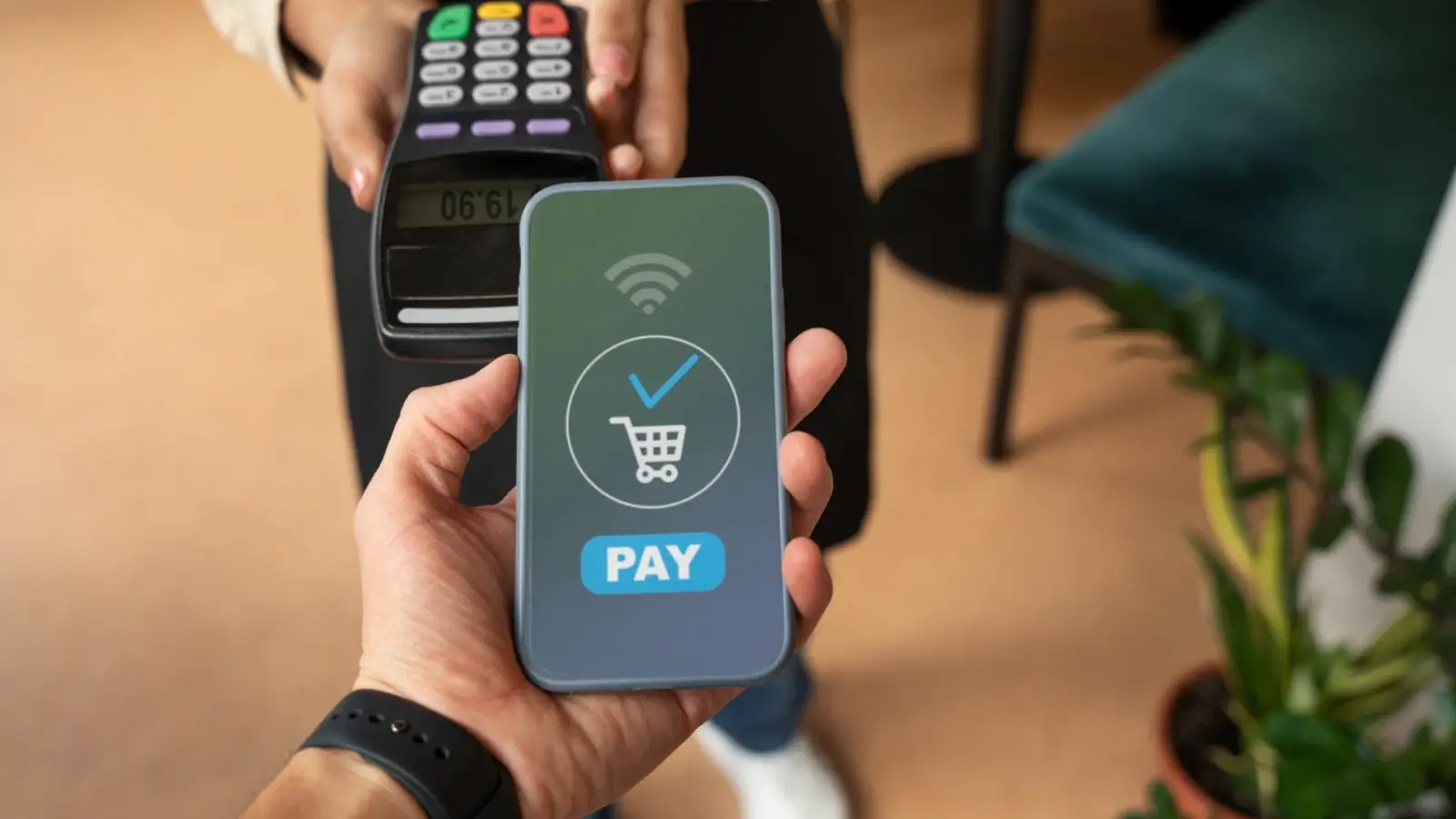


For any modern business, accepting payments involves a complex series of technical and financial steps that should be invisible to the customer. Whether you operate online, in-person, or through a mobile app, a frictionless checkout is crucial for success. This smooth experience builds customer trust and reduces cart abandonment. To achieve this, it's essential to understand the payment ecosystem's components. While a reliable payment platform is designed to manage this complexity, businesses with unique needs often find value in partnering with payment technology experts like payneteasy.com for tailored solutions. This guide will demystify the core elements involved in every transaction.
In simple terms, a payment platform is a comprehensive service that manages the entire transaction lifecycle, from the moment a customer clicks "buy" to when the funds settle in your bank account. It’s an all-in-one solution that bundles the technologies needed to securely accept and process payments through methods like credit cards, digital wallets, and bank transfers.
When a customer enters their card details, the platform takes over. It securely captures the information, communicates with the necessary financial institutions to authorize the transaction, and facilitates the transfer of money to your merchant account. This process, while complex behind the scenes, appears instantaneous to the user. Its primary functions are to enable diverse payment options, provide robust security, and simplify financial management for your business.
The terms platform, gateway, and processor are often used interchangeably, but they represent distinct functions. Understanding their roles is key to grasping how digital payments work.
Think of a payment gateway as a secure digital courier. It’s the technology that encrypts a customer's sensitive payment data and safely transmits it from your website or point-of-sale terminal to the payment processor. Its core jobs are encryption and secure transmission, acting as the front door for any transaction.
The payment processor takes the encrypted information from the gateway and communicates with the card networks (like Visa or Mastercard) and the relevant banks—both the customer's and your business's. It handles the authorization requests and facilitates the actual transfer of funds.
A key benefit of a modern payment platform is that it integrates gateway and processing capabilities into a single, unified service. Instead of managing separate technical and financial relationships, a business gets one point of contact. This consolidation not only simplifies operations but also provides unified reporting and streamlined technical support.
Now that the components are clear, selecting the right platform requires careful evaluation of your specific business needs. Here are the critical criteria to focus on:
Security and Compliance: A platform must protect sensitive data with technologies like tokenization and advanced fraud detection. It must also be fully compliant with industry standards like PCI DSS (Payment Card Industry Data Security Standard) to protect your business from liability.
Integration Capabilities: The platform must connect effectively with your existing systems, whether it’s an e-commerce shopping cart, a mobile app, or an in-store terminal. Look for clear, well-documented APIs and software development kits (SDKs) that your development team can easily work with.
Supported Business Models: Different platforms are built for different operations. Some are ideal for simple retail, while others support complex B2B invoicing or subscription models. An advanced white label payment platform even allows businesses to offer payment services under their own brand, maintaining full control over the customer experience.
For businesses aiming to scale internationally, a cross border payment platform can be essential for accepting payments from customers in their local currencies, which is a key factor in improving conversion rates abroad.